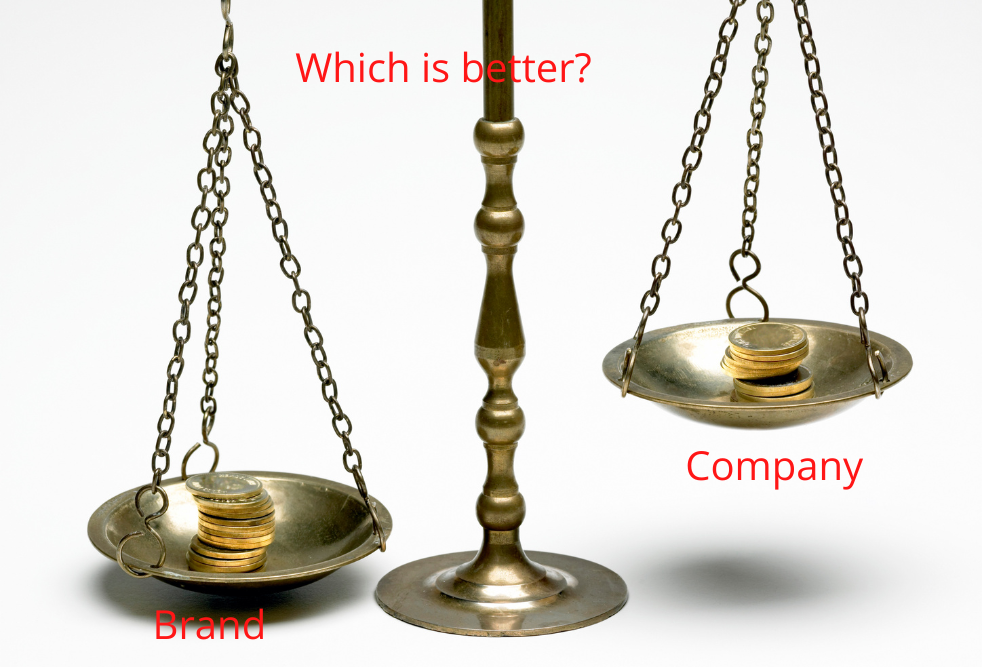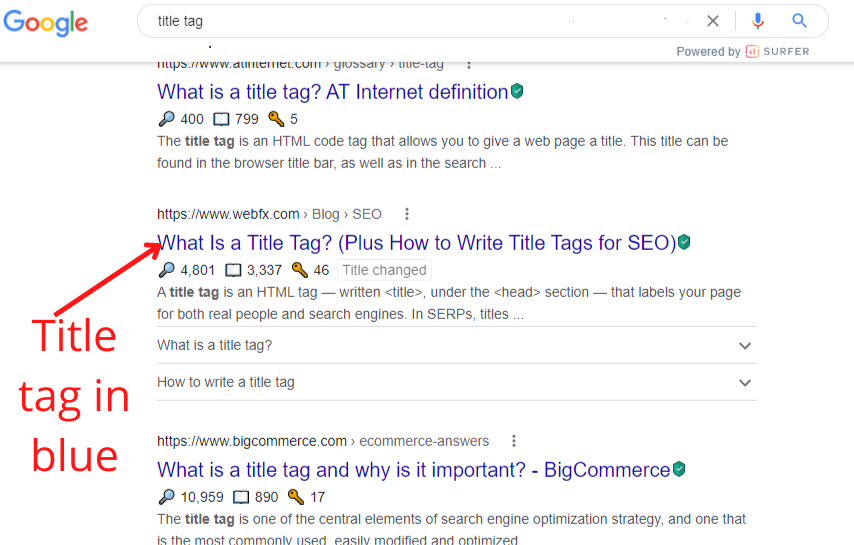Which on-page element carries the most weight for SEO
A website is a collection of web pages, and each page is made up of different elements. These elements are important for SEO because they help to determine how well your page will rank in search engine results pages (SERPs).
However, not all of these elements are created equal. Some are more important than others, and one element, in particular, carries more weight than the others. What is that element? And how can you make sure your page is optimized for it? In this article, we will answer those questions and more. To rank in Google for your keyword, you must consider what elements are included on your page.
Which on-page element carries the most weight for SEO?

It’s easy to get caught up in the generalizations of your industry. But, some key elements can make or break your SEO strategy. The most critical one is your brand or company’s presence on the page.
Which is Better: Your Brand or Your Company?
If you were to ask most SEOs which of the two things is more important for SEO, the answer would be “branding.” While it’s true that it’s the brand that is going to be at the top of the page, the company is still a critical element because it’s the company that owns the brand.

If you Google “SEO” and “branding,” the top results will be for brands. This is because the brands have built their success on the quality of their branding, and their brand is what people are most interested in. The brand tells people why they should care about the company.
What Is a Title Tag?
A <title tag> is a webpage’s HTML element that specifies the title of a web page. It is the first thing that search engines and users come into contact with while interacting with your content.
Title tags are text only and are shown in the browser’s title bar or a page’s tab.
Why is Title Tag important in SEO?
There are wide varieties of content in the world of the world wide web. One of the most common types is the blog post. A blog post includes a title, summary, and content. The title is used to catch the focus of the user. The title has to be clear, short, and informative.
What do you need to make a title tag?
The title tag is a very important for a web page’s search engine optimization. It’s the first thing users see on their search engine results page (SERP). The title tag should be unique, short, and clear.
Search Engine Results Page (SERP)
The SERP is the page that shows the search results for a particular query. This is the page your website visitors will see when searching for your services, products, or brand using a search engine like Google. If you want to rank higher on the search results page, you must ensure that your title tag is high quality.

What is the right title tag for your website?
A title tag should be a few words long and always have a descriptive title. Using different keywords to describe your page content is a good idea.
Some other On-Page SEO Important Elements
Some other on-page SEOs are very important for SEO in which many factors are used to measure the on-page SEO.
Meta Descriptions
META descriptions are essential for SEO. The Meta description is usually displayed on the search engine results pages (SERP) under the title tag. If you have a meta description, it will be displayed on the search engine results page, and it will help the users read more information about your web page. This will help them to decide whether they should visit your web page or not.
H1 TAGS.
An H1 tag is the headline of your content. It’s the most important factor in getting first-page ranking, which is hard to achieve. It’s good practice to add H1 tag on all important website pages.
Important links.
Nowadays, social media is becoming an essential part of our lives. You should use social media to maintain your brand and increase your sales. Links help you to get higher rankings and more traffic.
What about the title tag?
The title tag is very important in SEO and carries the most weight for SEO because it helps search engines like Google understand your topic very well. It will also help those searching for that particular Title tag, and it will be the first impression of your web page.
Choose a relevant keyword
Keyword research makes up more than 50% of the on-page SEO. It is the most crucial step. You need to pick a keyword that’s relevant to your blog. You can use keyword research tools like the Yoast SEO plugin to get a list of relevant keywords.
Alternatively, you can use the “SEO Keyword Suggestion Tool” available at Google search central, formerly Google Webmasters, to get a list of keywords. The search criteria can be set to “Broad,” “Long Tail,” or “Exact Match.”
create interesting content.
Content is king. If you have a list of keywords, it’s time to create content. The content should be helpful to your audience and should be unique. Use the keywords in your content and ensure the content is engaging.
Add the keyword to the Title tag
Here you will use H1 and H2 tags to add the keyword you chose in the previous step to your title tag. If you are using WordPress, you can do it from Appearance > Widgets > Add a new widget.
You must ensure the title tag is not too short or too long. Long titles are hard to read, and short ones confuse the user. You can use this tool to check the title tag for your site: SEOptimer.
Add the keyword to the body tag.
You must add the keyword you chose in the previous step to your body tag. If you are using WordPress, you can do it from Appearance > Editor > Text editor.
Add the keyword to the Meta Description
The meta description tag is a short description of your content that shows up on the search engine listing. You can make it a bit longer if it helps you rank well. Many people ignore it, which doesn’t do much for SEO. But if you have already optimized your title tag, this is all you need for your content.

Add keywords to source links
This is the most basic on-page SEO element. It is what takes you back to your source. It is very important to have a link back to your source. This is the first step that Google looks at when it indexes your page. You need to add the keyword to your link back to quote history. This is very easy. Using the Yoast SEO plugin to optimize your site will automatically create a link back to your source from the post.
Add the main keyword in the body
The main keyword is the keyword you want to rank the most in a post. It is the most important keyword on a page and goes at the front of the post. You have to find a keyword that is relevant to your post. You can use the keyword planner to find keywords that are more likely to help you rank.
optimize images
Images are important on-page SEO elements for several reasons. First, they can help you rank on google. Images are the most visual content on the internet, and Google is no longer ignoring this. Google is even using an algorithm to rank websites with images. Images can also help you rank on google by increasing your site’s CTR. Your CTR stands for click-through rate, which determines your ranking.
Add internal links and external links
This is the most important step on on-page SEO. This is the stage that will lead you to your first ranking. You should add quality backlinks that are relevant to your content. You should make sure that it is a quality backlink.
Search engine optimization (SEO)
The main focus of this step is to add your targeted keywords to all the places where possible.
- Write unique content for each page.
- Use a content management system (CMS).
- Use SEO plugins to optimize your content.
- Employ the use of the right keywords in the URL.
- Take advantage of social media, forums, and blogs to promote your website.
- Use the right keywords in your title, meta description, and H1/H2 tags.
- You should use the right keywords in your website blog posts and make sure they are unique.
Take away
The most important element of on-page SEO is the title tag. It is what attracts visitors to your site. That is not to mean that other elements are not important. They all play their roles and come together for the perfect SEO strategy.
As for the title tag, ensure that it is something that will attract visitors into clicking and interacting with your content.

